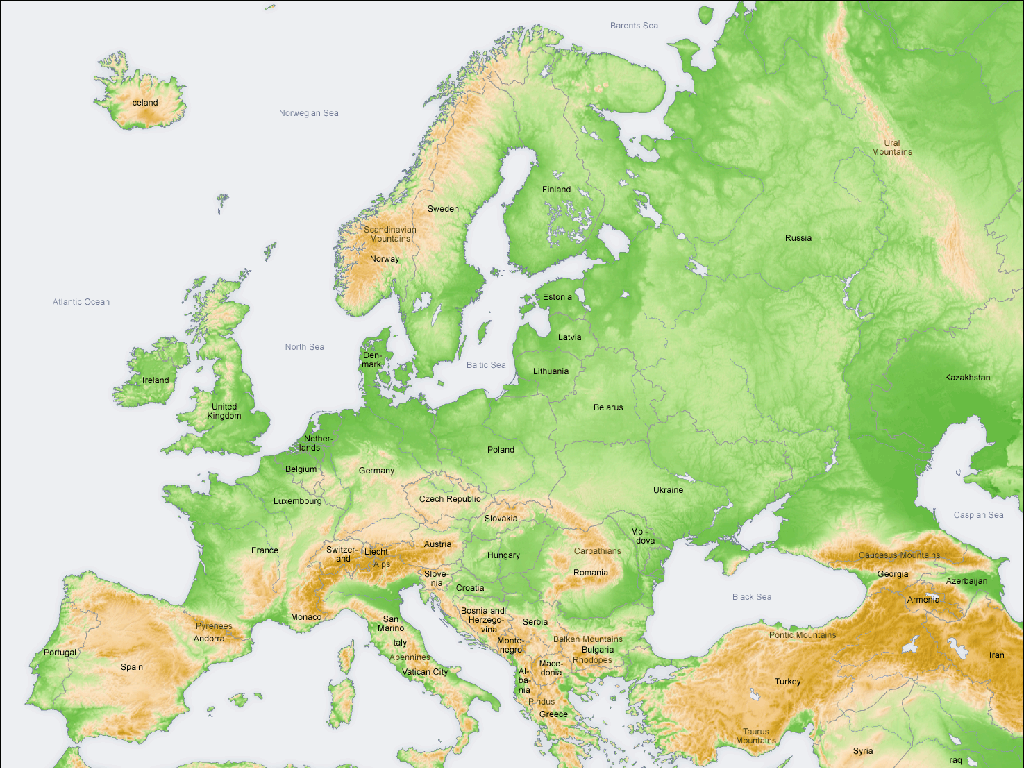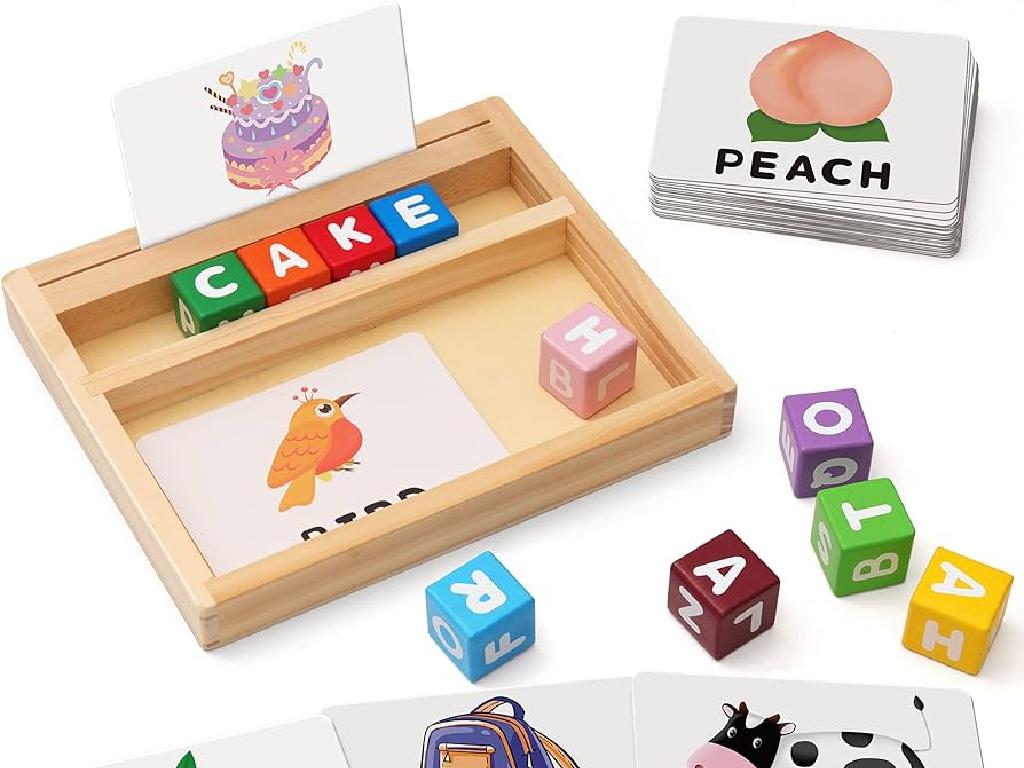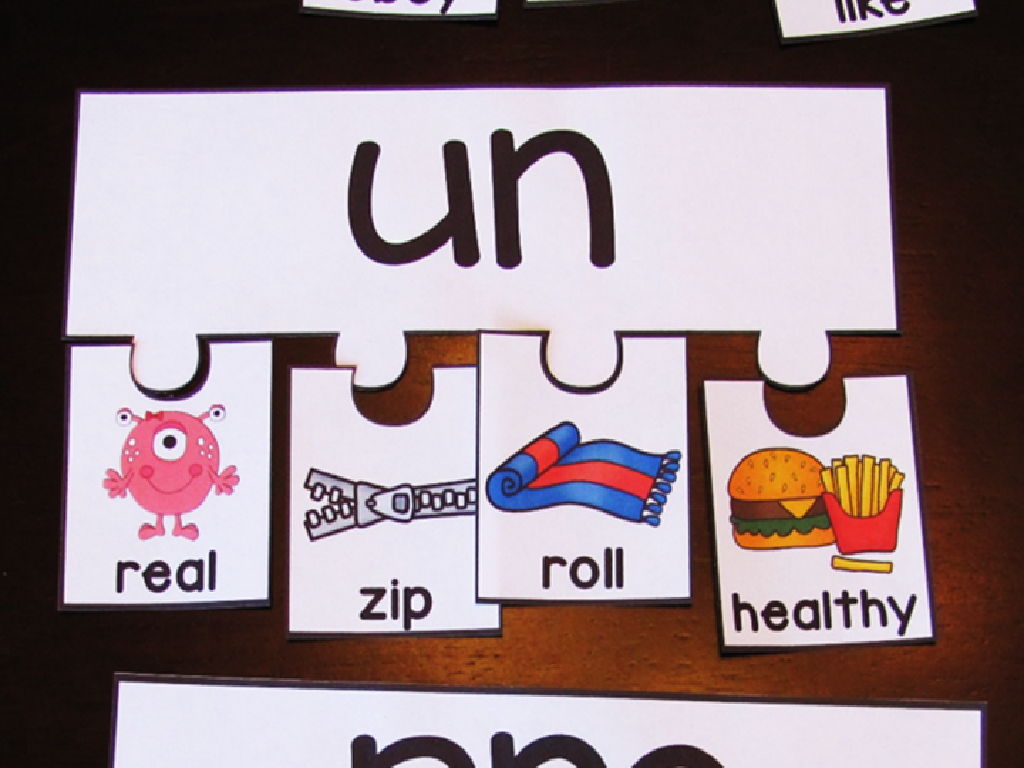Investigate Primary Succession On A Volcanic Island
Subject: Science
Grade: Sixth grade
Topic: Ecological Interactions
Please LOG IN to download the presentation. Access is available to registered users only.
View More Content
Primary Succession on a Volcanic Island
– What is Primary Succession?
– The first growth of life in areas without soil, like after a lava flow
– Ecological Interactions Overview
– How organisms and environment affect each other
– Volcanic Island: A Case Study
– Example: Surtsey, a new island formed in 1963
– Observing Succession Stages
– From bare rock to a thriving ecosystem
|
This slide introduces the concept of primary succession, a type of ecological interaction, in the context of a volcanic island. Primary succession occurs in lifeless areas and begins with the establishment of pioneer species that can survive without soil. Discuss how these interactions are essential for understanding environmental changes. Use the example of Surtsey, an island formed by volcanic eruptions, to illustrate how life can emerge and develop in a previously uninhabitable place. Encourage students to think about how each stage of succession brings new challenges and opportunities for life. The goal is to help students appreciate the complexity and resilience of ecosystems.
Exploring Ecological Succession
– Define ecological succession
– The process where ecosystems change and develop over time.
– Primary vs. Secondary Succession
– Primary succession starts on bare rock, secondary occurs in pre-existing soil.
– Succession in nature examples
– Lava flows create new land for primary succession; forests regrow after a fire for secondary.
– Significance of succession
|
Ecological succession is a fundamental concept in ecology, describing the gradual process of change and development in an ecosystem. Primary succession occurs in lifeless areas where there is no soil, such as a new volcanic island, while secondary succession happens in areas where an ecosystem has been disturbed but soil remains. Examples of primary succession include the colonization of new land formed from volcanic lava, while secondary succession can be observed in a forest regenerating after a wildfire. Understanding these processes helps students grasp how ecosystems recover from disturbances and the importance of succession in the development of biodiversity.
Primary Succession on a Volcanic Island
– Primary succession defined
A process starting life on barren land, like after a volcanic eruption.
– Pioneer species introduction
First organisms to colonize, like lichens, that prepare the soil for others.
– Initiation of primary succession
Begins with no soil; life starts anew on rock surfaces.
– Succession stages overview
|
This slide introduces the concept of primary succession, particularly on a volcanic island, to the students. Primary succession is the ecological process that starts from bare rock or land with no life and no soil. It’s important to emphasize that this is a slow process that can take centuries. Pioneer species are the hardy first colonizers, such as lichens or certain algae, which can live on rocks and start the soil creation process by breaking down the rock and adding organic material as they die. The initiation of primary succession occurs when these pioneer species establish themselves and create conditions suitable for other species to follow. As the lesson progresses, students will learn about the subsequent stages of succession, leading to a mature ecosystem. Encourage students to think about how life can start in the most inhospitable places and the resilience of nature.
Volcanic Islands and Primary Succession
– How volcanic islands form
Volcanic eruptions under the sea create new land.
– Studying succession on islands
Islands start with no life, showing clear succession stages.
– Surtsey Island’s ecological study
Surtsey, formed in 1963, is a real-life lab for scientists.
– Importance of primary succession
|
This slide introduces the concept of primary succession using volcanic islands as a natural laboratory. Begin by explaining the formation of volcanic islands through underwater eruptions that build up landmasses above sea level. Emphasize why these islands, starting as barren landscapes, provide perfect case studies for observing primary succession the process of life colonizing an area where none existed before. Use the real-life example of Surtsey Island, which has been closely observed since its emergence in 1963, to illustrate how scientists track the establishment and development of ecosystems from scratch. Highlight the significance of primary succession in understanding how life can start and thrive in new environments, setting the stage for discussions on biodiversity and ecological balance.
Stages of Succession on a Volcanic Island
– Stage 1: Pioneer species arrive
– Lichens/mosses break down rock into soil
– Stage 2: Beginning of soil formation
– Organic matter from pioneers creates soil
– Stage 3: Grasses and plants establish
– Soil supports more plant life, diversity grows
– Stage 4: Insects and animals arrive
– Small ecosystems form, supporting more life
|
This slide outlines the primary succession stages on a volcanic island, starting with the arrival of pioneer species like lichens and mosses that can live on bare rock. These species help to break down the rock and begin the soil formation process. As soil develops, it allows for the establishment of grasses and small plants, which further enrich the soil and support greater biodiversity. Insects and small animals follow, attracted by the available food sources. Over time, these stages lead to the development of a mature ecosystem with a complex web of life. Encourage students to think about how each stage sets the foundation for the next and the importance of each organism in this process.
Factors Influencing Primary Succession
– Climate’s role in succession
– Weather patterns affect which species thrive
– Species types and succession
– Pioneers like lichens/mosses arrive first
– Human impact on succession
– Activities like pollution can alter succession
|
This slide aims to explain the various factors that can influence primary succession on a volcanic island. Emphasize how climate and weather patterns determine the types of species that can colonize an area. Introduce the concept of pioneer species, which are the first to colonize a barren environment, and how they pave the way for other species. Discuss how human activities, such as pollution or conservation efforts, can speed up, slow down, or completely alter the course of succession. Encourage students to think about how these factors might interact on a volcanic island, setting the stage for a diverse and dynamic ecosystem over time.
The Significance of Studying Succession
– Comprehend biodiversity
– Biodiversity refers to the variety of life and its processes.
– Anticipate ecological shifts
– Knowing succession patterns helps predict how ecosystems change over time.
– Aid conservation work
– Effective conservation plans rely on understanding succession.
– Restore damaged ecosystems
– Succession knowledge is key to repairing ecosystems after disturbances.
|
This slide aims to highlight the importance of studying ecological succession, particularly primary succession on a volcanic island, for understanding and managing biodiversity. By learning how ecosystems develop and change, students can appreciate the complexity of ecological interactions and the factors that contribute to the richness of life on Earth. Predicting ecological changes is crucial for preparing for and mitigating environmental impacts. Conservation and restoration efforts are more effective when informed by the patterns and processes of succession, allowing us to support the recovery of ecosystems that have been altered or damaged. Encourage students to think about how a barren volcanic island can eventually turn into a thriving ecosystem through the process of succession.
Class Activity: Simulating Primary Succession
– Build a mini ecosystem model
– Hypothesize succession stages
– What organisms appear first? What comes next?
– Observe and document changes
– Use a journal to note daily or weekly growth.
– Discuss findings in class
|
This activity is designed to help students understand the concept of primary succession by creating their own miniature ecosystems, using materials like soil, rocks, and seeds. Students will predict which plants and organisms will colonize their ecosystem first and the order of succession stages. Over a set period, students will monitor their ecosystems, recording any plant growth, changes in the types of organisms present, and other observable factors. They should keep a detailed journal of their observations. At the end of the observation period, students will share their findings with the class, discussing how their predictions compared with the actual succession process. Possible activities include different starting conditions for each ecosystem, such as varying soil types or initial seeds, to compare how these factors affect succession.






